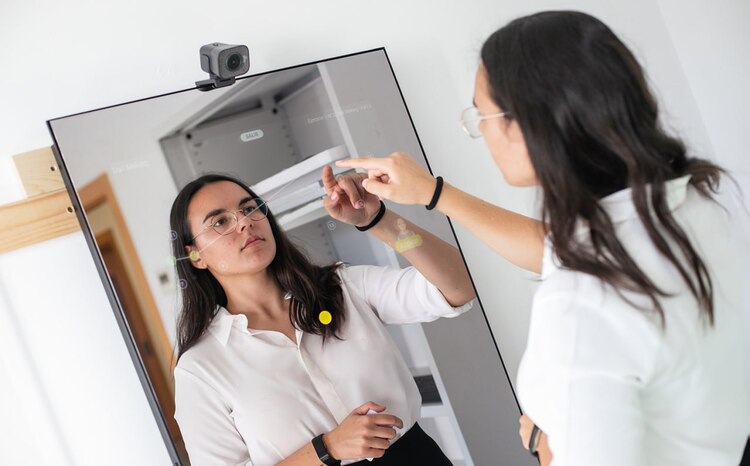NHSIA to Develop Infrastructure for Web Services
- 3 April 2002
The NHS Information Authority has announced the launch of a new Health Records Infrastructure programme intended to make it possible to share patients’ healthcare details nationally by creating virtual patient records.
The Health Records Infrastructure programme is intended to provide new services based on web technology. The new programme was first unveiled by new NHS Information Authority (NHSIA) chief executive Dr Gywn Thomas at HC2002 two weeks ago, where he likened it to a ‘national grid’ for health informatics.
Speaking at Harrogate Dr Thomas said the new infrastructure is intended to provide a national thin basic electronic record, by using Web services technology to link together and integrate locally patient data held on local systems.
However, the initial details of the programme released this week suggest a much more ambitious programme based on the wholesale adoption of the Web services model to NHS informatics.
Under the Health Records Infrastructure Programme announced patient details will be retrieved to form a web-based virtual record of the NHS care and treatment each patient receives. The NHSIA says that the use of web technology to create the virtual record will enable the amount of information held nationally on central databases to be kept to a minimum.
Information will continue to be stored on many different local computers, in disparate locations, but through the Health Records Infrastructure will be available to patients’ and NHS staff when and where it is needed.
The Health Records Infrastructure is envisaged as an ongoing service provided by the NHSIA, which says it will be developed in a series of rapid six month phases. A first phase pilot will start at selected sites at the end of May 2002 with national roll-out starting in December 2002.
Phase one will link the NHS Number Strategic Tracing Service (NSTS), with health authority databases on patients, the NHS-wide Clearing Service and condition information from selected national systems, such as waiting times for cancer treatment. The first phase will exclusively use NHSnet.
The NSTS contains demographic, patient and GP information, while health authority systems include information on patients’ cervical and breast screening details, organ and blood donor status. The NHS-wide Clearing Service meanwhile holds data on inpatient treatment at trusts such as date, the hospital treated at, and the condition treated.
No details have been made available yet of how patient consent will be obtained for the use of their data in the new national system. But the NHSIA says the National Records Infrastructure will include authorisation and consent mechanisms. The amount of information available to health professionals may also be controlled by access privileges.
The NHSIA says that development of the Health Records Infrastructure service will be informed by the findings of its Electronic Health Record Implementation and Development Programme (ERDIP), which over the past two years testing, developing and assessing aspects of electronic record systems.
According to the NHSIA the development of a Health Records Infrastructure based on marrying the latest web services technology to existing national systems should make it possible to provide a common, consistent interface, to a range of local systems that contain person-based health information.
In addition, it aims to create a set of standards to enable various NHS systems to share person-based information; and enable patient consent to be recorded and made available as a service to other NHS systems.
The NHSIA says the longer term impact of the Health Records Infrastructure should come as the service develops and enables clinical systems, such as GP systems, acute electronic patient records, to link and share data.
A national service management board will be established to manage the service and its future development. Additions to the Health Records Infrastructure service will be developed and implemented within what the NHSIA describes as a series of six month ‘time boxes’.
From 2003 onwards service the programme aims to provide a route to other more detailed health record services; linking local and national clinical data sources that are person-based; and implementing more detailed patient consent mechanisms; together, potentially, with patient read-only access and patient maintained health information.




